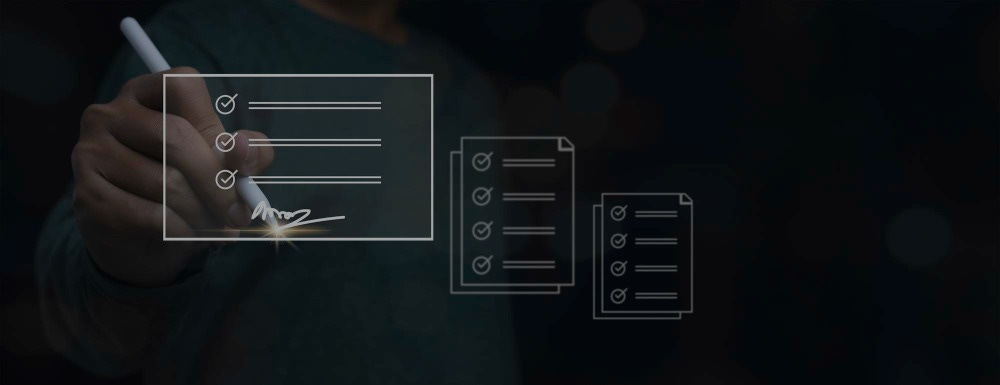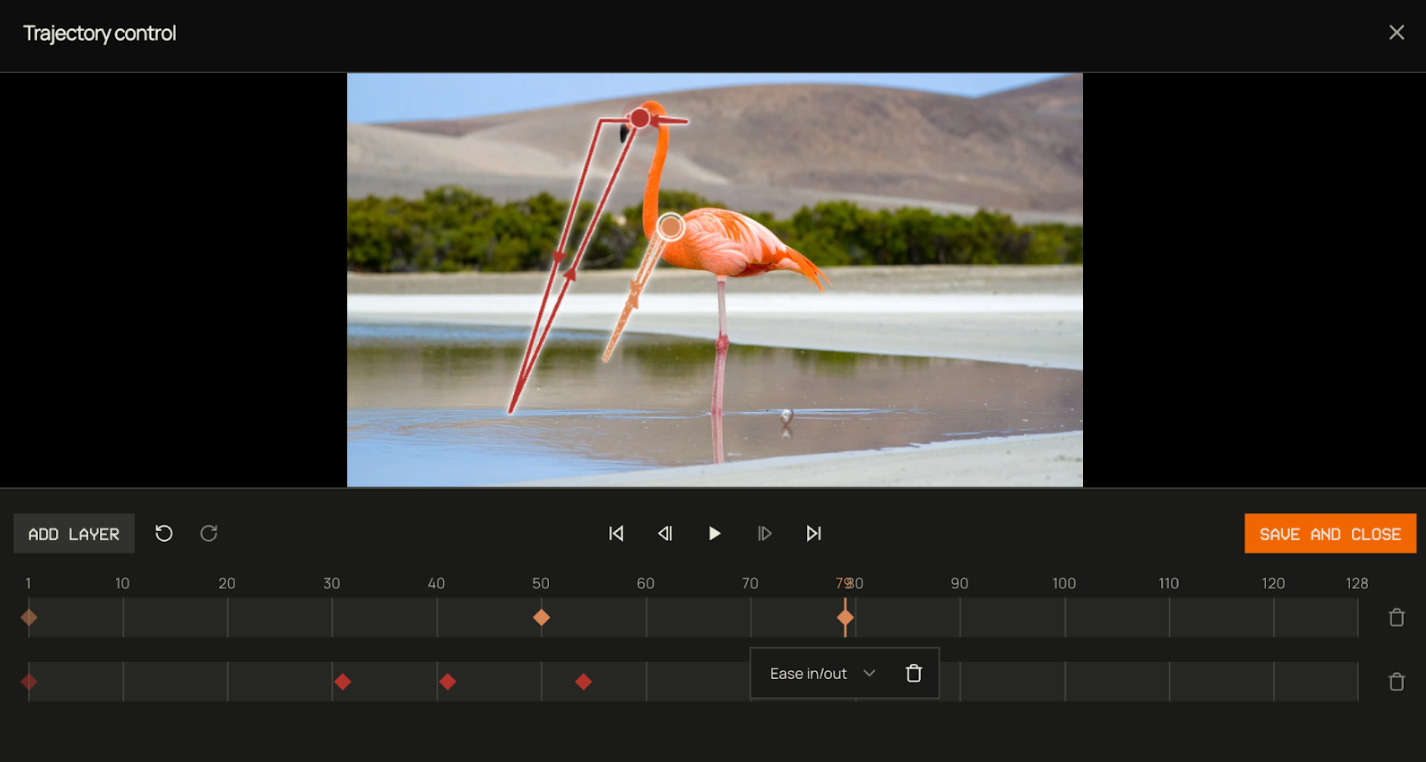Marey in Review, Method in Hand
Using a formulaic approach testing tools and inferences, this review of Marey, by Moonvalley offers a method that can be adapted to evaluate other AI tools.
Hello readers! It has been a minute since my last newsletter, but life has been the good kind of busy. I write every word here with intention and care, and I spend real time researching and using the tools I share. You will not find a GPT writing this for me. Unless big AI news drops, you can expect a post on the second Tuesday of every month. I hope you will stay with me.
Ok, this week’s issue hits on two big reasons I started Render and Reason. We will look at a potential new, more ethical AI framework from Moonvalley called Marey, and I will share a workflow for evaluating how effective a tool is and what its inferences actually deliver.
New AI tools launch every week promising to be your all-in-one filmmaking solution and claiming they “blow the competition out of the water.” It’s easy to be skeptical yet still hope one might solve a production challenge. Time and money are always factors, so any evaluation needs to be quick, thorough, and resource conscious. This formulaic approach reveals a tool’s strengths and weaknesses fast, helping you decide if it fits your workflow and aligns with your creative values before you commit.
So let’s dive in…
Test Cards
Each test follows the same format: Goal. Method. Result. What worked. What blocked. Scorecard. Notes. Use it now. Tips.
TEST 1. Environment Fidelity
Tool: Text to Video (T2V)
Goal: Evaluate if Marey can maintain a consistent environment, set dressing, and composition across repeated runs of the same prompt.
Steps:
In Text to Video, paste this prompt:
[ Interior soundstage of a noir detective movie set. Four walls dressed as a 1940s detective office. A hero desk with a vintage typewriter, a black rotary phone, and a green banker lamp switched on. Venetian blinds on a window casting hard horizontal light stripes from a strong key light at camera right. A tall silver C stand and a neatly coiled black cable near the desk. Concrete studio floor visible at frame edges with black tape along cable runs. Background actors in authentic 1940s wardrobe are frozen in place. Locked off medium wide shot at eye level. Cinematic live action look. Warm moody low key lighting with soft bounce fill. High detail. Realistic skin tones and textures. No dust. No haze. No smoke. No desert. No motion blur. No camera move. ]Generate 5 separate runs using the same seed.
Save all outputs for visual comparison.
Scoring (0 to 5 each, total 30):
[3] Composition and set dressing match.
[5] Lighting matches.
[1] Actor wardrobe and placement match.
[5] Props match (desk items, blinds, C stand, cable).
[1] No default motion warping.
[4] Texture stability.
TOTAL: 19
Notes
The first generation adhered to my prompt closer than subsequent generations using the same seed and prompt.
The prompt mentions “actors” and other than the first generation there was only one actor in 3 videos and no actors in one video.
There was inconsistent actor scale relative to the desk.
Later runs contained body warping and motion artifacts.
Gorgeous image quality and impressive facial consistency.
Use it now: Short sequences where set dressing and lighting continuity matter more than perfect motion, such as establishing shots or mood-based inserts.
Tips: Use consistent seeds to minimize drift in lighting and prop placement. Keep expectations low for actor placement or motion stability.
TEST 2. Camera Movement Stability
Tool: Image to Video (I2V)
Goal:
Test Marey’s ability to apply stable, clean camera moves to a locked scene.
Steps:
Generate a still frame in Text to Video using the same prompt from Test 1.
Open the still in Image to Video.
Apply three separate moves, each saved individually.
Base prompt:
[ Interior soundstage of a noir detective movie set. Four walls dressed as a 1940s detective office. A hero wooden desk with a green banker lamp switched on, a vintage typewriter, and a sheet of paper on top. Venetian blinds on the windows casting strong horizontal light stripes from a bright key light outside. Two period film lights on stands in the background. Three men in authentic 1940s suits and hats standing and facing each other in conversation. Neatly coiled black cables on the floor. Cinematic live action style, high detail, warm moody low key lighting. ]
Subtle dolly in (5–10% forward move):
Add to base prompt:
[ Smooth subtle forward dolly in camera move, keeping all objects and characters in frame. No dust, no haze, no smoke. ]
Medium pan left.
Add to prompt:
[ Smooth medium pan left camera move, keeping the desk, lamp, and all three characters visible throughout. No dust, no haze, no smoke. ]
Crane up:
Add to prompt:
[ Smooth upward crane camera move, keeping focus on the desk and characters while revealing more of the ceiling. No dust, no haze, no smoke. ]Compare outputs for warping, bent lines, and texture boil.
Subtle Dolly:
Medium Pan Left:
Crane-up:
Scoring (0 to 5 each, total 20):
[2] Dolly stability.
[2] Pan stability.
[0] Crane stability.
[5] Texture stability.
TOTAL: 9
Notes
Prompting camera moves was very difficult.
Two very different prompts often resulted in almost identical moves.
Use it now: When you need a minor parallax effect or gentle motion without relying on precise camera direction.
Tips: Expect minimal differences between pan and dolly results. Keep movements subtle to avoid artifacts.
TEST 3. Motion Tracking Accuracy
Tool: Motion Tracking (Marey toolset)
Goal:
Evaluate Marey’s ability to lock onto a target object or subject for the duration of a clip without drift, jitter, or losing the lock.
Steps:
Generate a base clip with a trackable element.
Apply motion tracking to the chosen element.
Inspect the resulting motion path and output.
Scoring (0 to 5 each, total 20):
[3] Ease of Point Mapping.
[4] Accuracy of Remapping.
[5] Texture Stability.
[4] Motion Smoothness.
TOTAL: 16
Notes
Took a few generations to refine technique.
Fewer points sometimes produced better results.
Enjoyable to use with super nice secondary motion.
Use it now: Perfect for locking attention on a single prop, character, or detail in short clips or previs. Works well when you want to add subtle emphasis without the tracked element drifting or breaking.
Tips: Use the fewest tracking points needed and choose subjects with clear edges.
TEST 4. Camera Motion
Tool: Animate Camera
Goal:
Generate camera movement from a still using a custom, keyframed path built inside the UI.
Steps:
Run Animate Camera on a still and save results.
Scoring (0 to 5 each, total 20):
[3] Dolly smoothness.
[3] Pan smoothness.
[2] Scale stability.
[4] Texture stability.
TOTAL: 12
Notes
The renders looked sharp, but the motion just didn’t hold up to the same standard…To be fair, there’s a non-zero chance that it’s my animation skills.
Five second clip limit is restrictive.
Use it now: Adding light push-ins or pans to still frames for quick concept presentations. Could definitely be used to generate any first frame or last frames for a camera move that you want to prompt. Also great to AI gen “fill in” any parts of your set for “scouting.”
Tips: Keep moves slow and shallow to avoid scale pops or jitter.
TEST 6. Motion Transfer
Tool: Motion Transfer
Goal:
Evaluate Marey’s ability to transfer motion style from a reference clip to a subject
Steps:
Select source subject (your stylized first frame)
Select motion reference clip containing the style or movement you want to transfer.
Apply Motion Transfer in Marey.
Review for style accuracy, subject identity retention, and stability.
Scoring (0 to 5 each, total 25):
[5] Style Transfer Accuracy
[4] Proportion Preservation
[4] Identity Retention
[5] Environmental Stability
[4] Motion Smoothness
TOTAL: 22
Notes
Used identical source and subject inputs from the Pose Transfer test for consistency and found this to be more controllable in terms of the entire scene. Pose transfer seems to work really well if your camera is either locked of if were to export a mask of your character movement
Produced noticeably better style adherence than a lot of other style transfer tools
Worked well as a style transfer tool for previs and stylized beats.
Use it now: Apply to shots you want to try style transfers on
Tips: Ensure that the first frame of your input video matches your “style still.” I do this by exporting my first frame (open your mp4 in PS). Then I use that first frame to drive edge, & depth or Vace in Comfy or composition in Firefly. Then you can process a style on top of that where you now have a new character and environment but your character is in the same pose as your input video.
What worked well overall
Image fidelity is high when a generation completes.
Artist-friendly, centralized UI.
Motion Transfer shows promising style capture today. I will definitely be using the hell out of this feature!
What still blocks storytelling
Motion quality lags image quality. Morphing, scale pops, and speed ramps.
Prompt drift in lighting and performance.
Five-second default clips unless extended.
Great for short, high-quality isolated shots, not ready for performance and storytelling.
Setup and pricing context
Setup through the Moonvalley site was straightforward. ComfyUI is a workable alternative if you are comfortable with API nodes for T2V and I2V.
Subscriptions are credit based: Standard $14.99 for 100 credits, Plus $34.99 for 250, Pro $149.99 for 1000. Top-ups are available and each generation currently costs 10 credits.
Default clip length is five seconds at 1080p and you can use Shot Extension to chain longer beats.
Interface
Marey’s UI is clean and approachable, with key controls like aspect ratio, seed, first frame, and prompt fields grouped in one place. The design is easy to learn and quick to navigate. The Library placement can be missed since results appear below the canvas instead of in a separate view. A minor thumbnail swap bug appeared during trajectory testing, but overall the interface feels artist-friendly and fast to use.
Ethics lens
Moonvalley markets Marey as trained on fully licensed data and positions it for commercial safety. If you want to avoid models trained on scraped content, that matters. Yes, it still has limits, but that is not a reason to walk away. Keep using it, keep testing, and watch for updates because in a field moving this quickly, improvements can arrive at any moment. Staying engaged means we can help shape these tools as they evolve. The intention of Render and Reason, is to hopefully prepare myself and others for a future where AI is a fixture in our industry, not an outsider, and to build workflows that meet creative needs while holding on to ethical standards that matter.




Thanks for this! This is the first systematic look I’ve seen assessing Marey. Like most of these text to video
Models it still feels like it has a long way to go